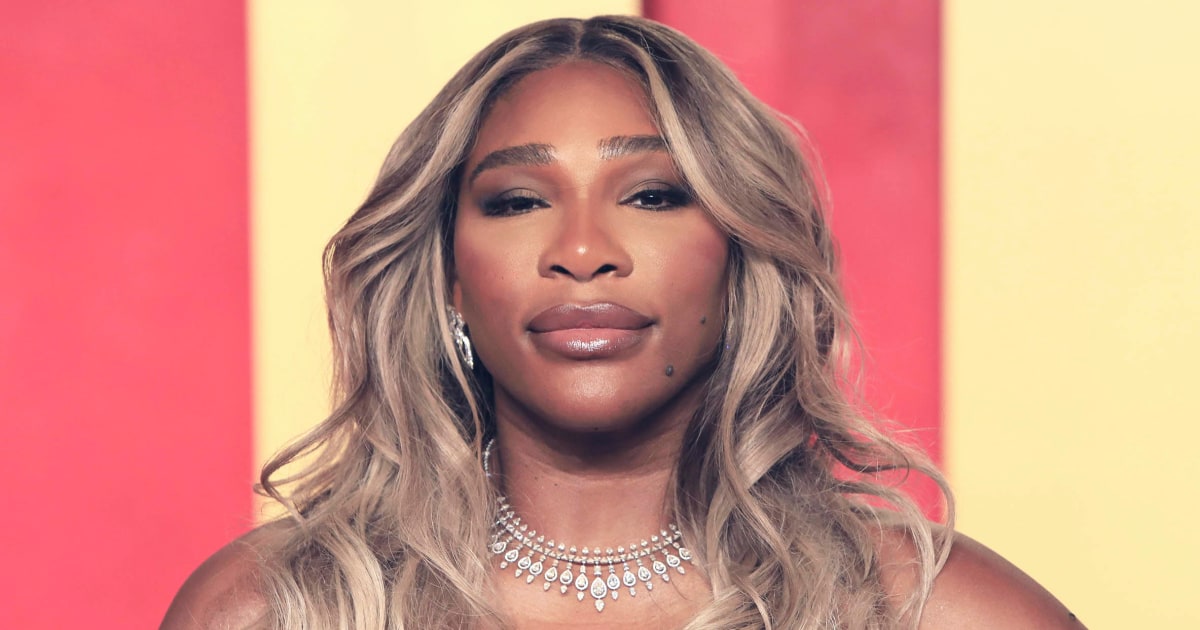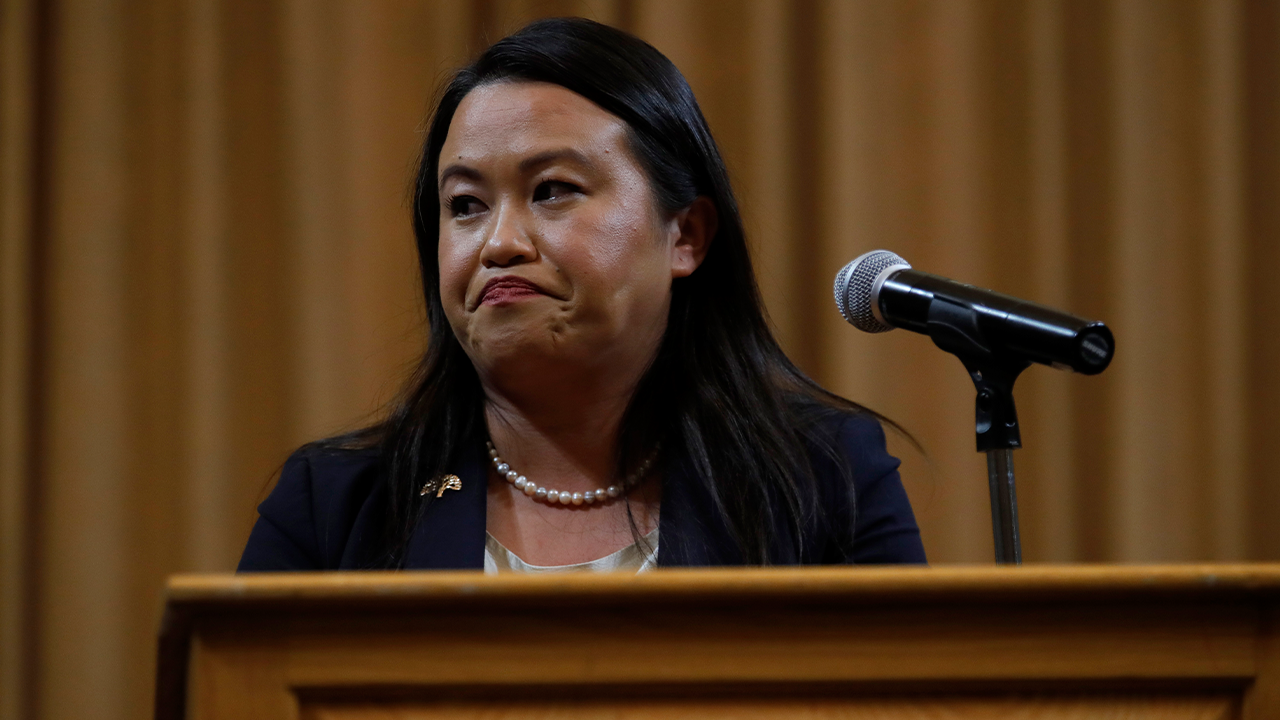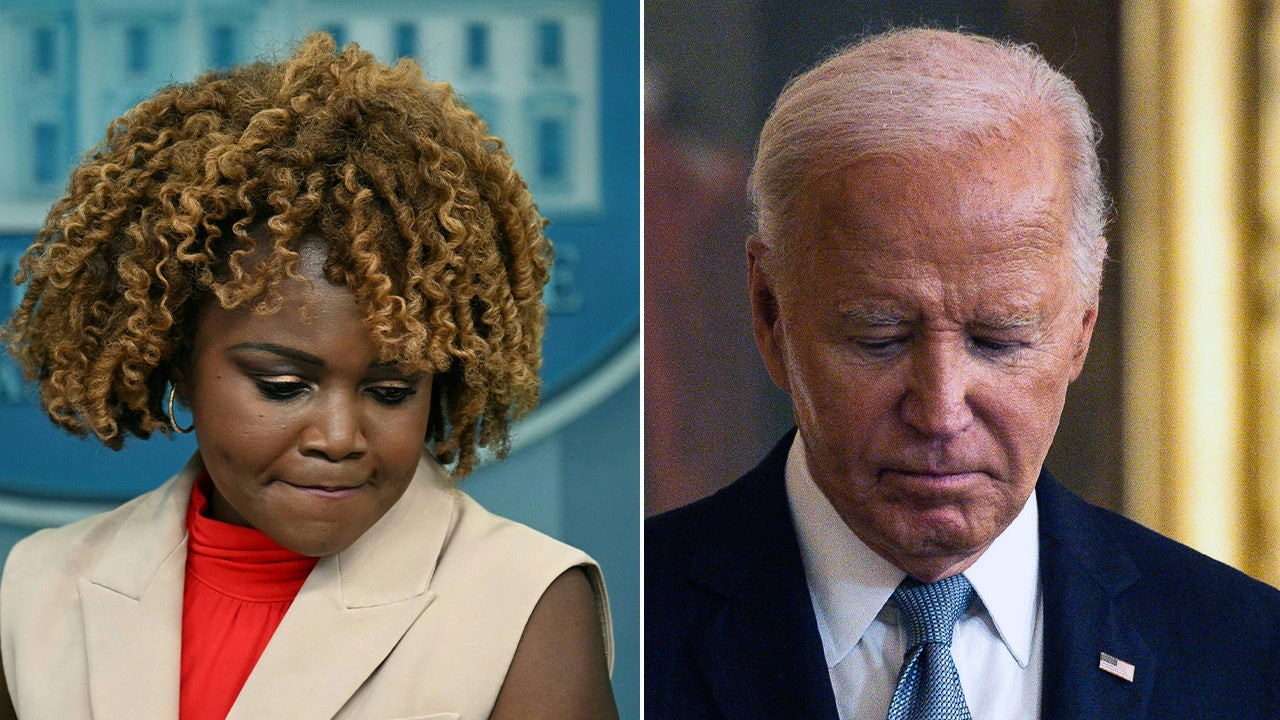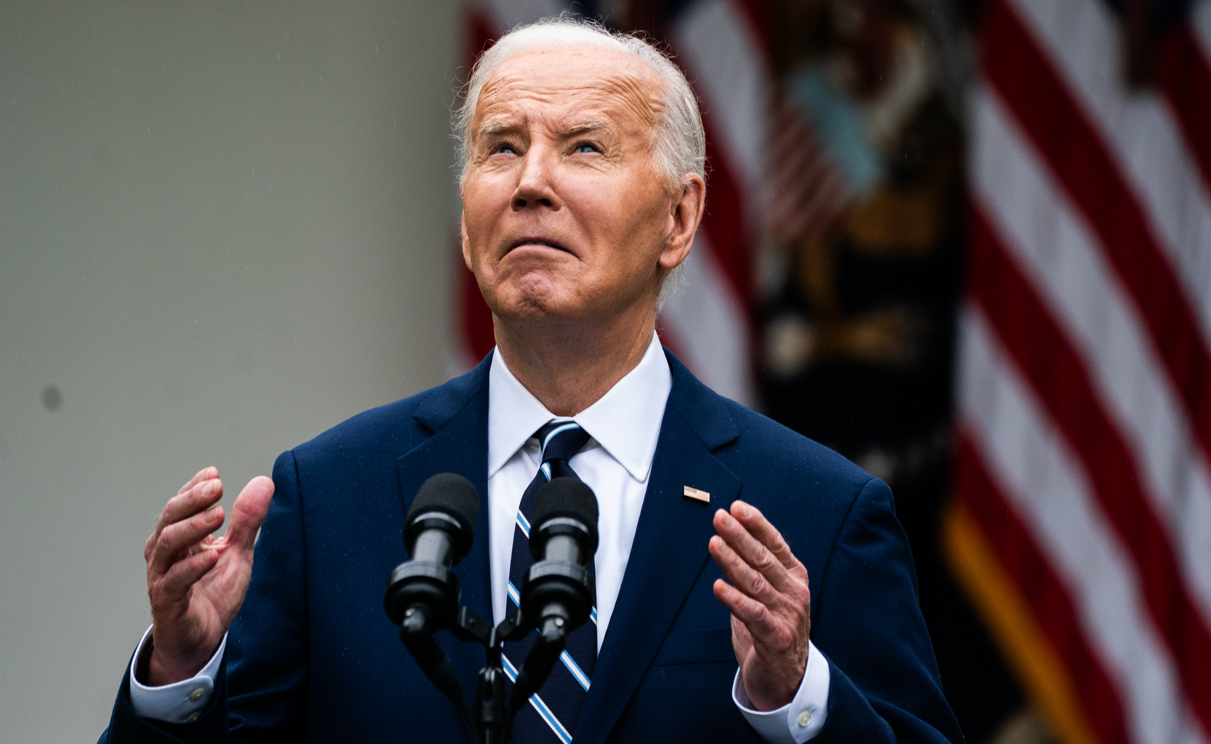Fitness
Serena Williams says she lost 10 pounds in one week once she stopped breastfeeding

It’s been two years since Serena Williams announced she was retiring from tennis, but the athletic legend isn’t exactly sitting still these days.
“As a mom, I’m actually way more active than what I was during tennis,” the 42-year-old said on TODAY with Hoda & Jenna earlier this year. “Obviously, (with) tennis, I was playing Wimbledons and stuff. But, as a mom, I’m gone all day.”
When she was competing as a professional athlete, Williams maintained an ultra intense training schedule. She even told MasterClass she used to “almost break my body down” so she was “ready for anything.”
Williams doesn’t need such a hardcore workout routine anymore, but she’s hardly resting on her laurels.
Curious about her commitment to fitness? Here are some of the many ways Williams stays in fighting shape.
She enjoys multiple forms of cardio
When she’s exercising at home, Williams keeps up her energy levels by prioritizing her cardio routine.
“I do HIIT workouts (high-intensity interval training), a little stretching, a little strength training, but mostly cardio training,” she told Vogue in 2022.
She’s a fan of the Tonal home gym system
The athlete is also a fan of Tonal, a smart gym company she has invested in.
“I do the cardio exercises on Tonal, which is really helpful for me just to get my body back and used to calisthenics. I don’t necessarily want a trainer in my room or in the gym with me, so just having the Tonal trainers is a relief. It’s just something different from what I’ve been doing for the past 20-plus years, and it’s refreshing,” she told Vogue.
She loves riding her Peloton bike
If you’ve ever owned a Peloton or took one for a spin, you know the endorphins are addictive, and it turns out that Williams agrees.
“Those Peloton people are so inspirational!” she told Self in 2021. “They’ll be like ‘If you can get through this, you can get through your day, so you gotta do it!’ I’m like ‘I got you! I’m here!’”
She knows when to take breaks
Williams goes hard at the gym, but she isn’t afraid to press pause when her body tells her it needs a break. In 2022, she told Vogue she “definitely listen(s)” to her body.
“My favorite type of cardio is running, but my body has to be fit to be able to run or else my knees will hurt. After playing tennis for so many years, you just wear and tear down your knees, so the elliptical has been growing on me, too,” she said.
“I’m basically trying to do cardio every single day–even if it’s, like walking a few miles, it still counts. I had a tough last week, so this week has been a little bit lighter–I took two days off. Next week, I’ll be back to seven.”
She loves dancing
Off the tennis courts, Williams likes to bust a move to stay active. In 2016, the athlete told People she dances “a lot.”
“It’s a fun way to get a workout in instead of going to the gym and jumping on the treadmill for 30 minutes. I really enjoy that,” she said.
She doesn’t ‘live to eat’
Williams enjoys eating, but she tends to approach food with a more practical outlook.
“My philosophy is eat to live. Don’t live to eat,” she told Women’s Health in 2021.
Of course, the athlete has treats herself, but she looks at food as something that enables her to function first and foremost.
“You need it to survive. And (that’s) very hard to live by, cause I definitely love to snack, but this is what I want. These are my goals,” she said.
She’s tried going vegan and enjoyed it
Williams’ sister Venus Williams was diagnosed with an immune system disorder called Sjogren’s (SHOW-grins) syndrome in 2011. The disorder typically causes dry eyes and dry mouth, per the Mayo Clinic, but it can also impact joints, the thyroid, kidneys and liver.
After learning about her sister’s diagnosis, Williams decided to add more plant-based foods to her diet since the sisters were living together at the time.
“I remember thinking, ‘I can’t bring all this bad food into the house,’ so I changed my diet as well. I realized that I didn’t feel weaker, I didn’t feel like (my body) was missing something, and I actually had a lot of energy,” she told Essence in 2022.
Describing herself as an “on-and-off vegan,” Williams told Vogue she was dedicated to veganism for around six years and the experience was “great.”
“Now, I’m trying it out again because I really want to be healthy. And to be healthy, I need to eat healthy. When I don’t eat healthy, I just feel terrible–to be honest, I feel like I almost have pain,” she said. “So now, I eat vegan about six days out of the week. And then if I want, like, some eggs or something, I do that on the seventh day.”
She used to adjust her diet while training
Athletes’ bodies need more fuel to stay energized, so Williams used to make a habit of loading up on carbs when she was in her tennis heyday.
“The only time I eat pasta is when I’m playing/training. Usually, you’ll never see me eating pasta otherwise. Cause I feel like I’ve had to eat it so much in my career. It’s just like, I never want to see pasta again,” she told Women’s Health in 2021.
She likes to stay hydrated
Williams aims to drink a gallon of water or more each day to stay hydrated.
“That is one thing that I make sure that I always do,” she told CNBC in 2020.
While chatting with Glamour in 2021, Williams elaborated on the importance of drinking plenty of fluids.
“Hydration is super important for everything from skin to muscle recovery, so I try to make sure I always have water next to my bed. I also avoid snacking, especially sugar, as that tends to keep me awake longer,” she said.
The tennis star also swears by Gatorade to perk her up when she wakes up feeling dehydrated or tired.
Pregnancy didn’t stop her from working out
Pregnancy can feel like a workout in and of itself, but Williams still hit her fitness goals during her two pregnancies.
In 2023, she took to YouTube to share one of her pregnancy workouts and admitted that it’s “very difficult” to stay in shape while you’re expecting a child.
“I learned that when you’re pregnant, you burn so many calories as much as a triathlon athlete. So I’m trying to take advantage of that and continue to burn those calories,” she said.
Williams noted that her hips are especially tight during pregnancy and started her workout with warmup stretches.
After using the elliptical machine (and adding some arm exercises with a weighted ball), the athlete uses the treadmill while doing arm exercises with dumbbells.
While focusing on her legs and glutes, Williams did some squats and also added in some more arm exercises, all while her daughter Olympia watched.
She gave herself time to get back to the gym after giving birth
Staying in shape is a priority for Williams, but she also has a practical attitude when it comes to post-baby weight loss. After giving birth to her second daughter Adira in 2023, the athlete took her time building up her strength.
Two months after she welcomed her baby girl, Williams posted a photo of herself in the gym with her eldest daughter.
“Olympia watching me try to get my ab muscles working again. Here comes fitness!” she captioned the post.
In January 2024, Williams took to Instagram to post a video of herself lifting weights.
“Alright, I’m getting back into the swing of things,” she said in the brief clip. “This is not my usual weight, but it’ll do until I get back to where I need to be.”
A month later, the mother of two posted a relatable reflection about body image on her Instagram post.
“Loving yourself is essential. I find that I have to remind myself of that self-love through all different stages in my life. Right now I love that my body is not picture perfect. I love that I smell like milk — that milk sustains @adiraohanian I love getting to know a new version of my body. It is a change, but it’s a change that has been well worth it. So start this week, knowing that you are loved, and that starts with you,” she wrote. “Ok, now I’m about to go to the gym 🤪.”
In May 2024, Williams updated her Instagram followers on her postpartum weight loss journey. The star shared she’s been working hard to fit into a denim skirt she bought to wear after giving birth. While she’s not quite there yet, she promised to keep working toward it — something her followers applauded her for.
She’s raising confident daughters
Bodies come in all different shapes and sizes, and Williams wants to teach her daughters that they’re beautiful.
“What I’ve learned about embracing my power and strength and what I would like to pass on to my daughter is to love who you are,” Williams said during an interview with Tonal home gym in 2022 before second daughter, Adira, was born.
“And that’s really the message that I’ve always passed on. I definitely want her to embrace herself and love herself and understand that it’s important to have self-confidence.”
She had an easier time losing pregnancy weight after she stopped breastfeeding
After giving birth to her first daughter, Williams was surprised that she had a hard time losing her pregnancy weight while breastfeeding.
“What I’ve learned through the experience — everybody is different, every person is different, every physical body is different,” she said in 2018 at a news conference. “For my body, it didn’t work, no matter how much I worked out, no matter how much I did, it didn’t work for me.”
After she stopped breastfeeding, the athlete said she lost 10 pounds in one week.
“It was crazy. I just kept dropping. That’s when I learned that everything was different,” she said. “Sorry to go on about that, but I wanted to say that so women out there know that’s not true. Everyone takes things different. I think it’s important for us to share that message.”

Fitness
A gentle 30-minute workout for days when you're feeling low energy | CBC Life

“Should I work out on my period?” is a question that fitness coach Beverley Cheng hears a lot. So, it wasn’t particularly surprising when her time of the month workout quickly became the most popular video in her series for CBC Life.
Now she’s back with part two! In the latest video from her series Fit for Me, Beverley leads you through 30 minutes of deep stretches and mobility exercises that are ideal for when you’re dealing with cramps, bloating or low energy, but still want to get some gentle movement in. While a resistance band is recommended, you can also do the entire routine using just your bodyweight.
Check out the video, then scroll down for the full list of exercises in this workout. Let’s get started!
30-minute low-impact workout
1 set:
- Plank push back + knee drive (L) x 45 secs
- Deep kneeling lunge + lean back (L) x 30 secs
- Plank push back + knee drive (R) x 45 secs
- Deep kneeling lunge + lean back (R) x 30 secs
- Alternating plank knee drives x 60 secs
2 sets:
- Glute bridge + fly x 60 secs
- Glute bridge + pulse x 45 secs
- Glute bridge hold x 30 secs
- Happy baby
- Forward fold stretch
1 set:
- Low squat to reverse lunge x 60 secs
- BW RDL x 60 secs
- Narrow stance squat x 60 secs
- Wide stance hamstring stretch x 60 secs
- Lateral side-to-side stretch x 30 secs
- Frog stretch
2 sets:
- Alternating heel taps x 60 secs
- Russian twists x 45 secs
- Forearm plank knee drops x 30 secs
- Cobra/Mini cobras
Produced in collaboration with CBC Creator Network.
Fitness
Hypertrophic cardiomyopathy: New rules say you can exercise

About 1 in 500 people have hypertrophic cardiomyopathy (HCM).
It’s a condition where the heart muscle becomes abnormally thick.
HCM is one of the most common causes of sudden death among young athletes and otherwise healthy adults.
In the past, athletes and other patients with hypertrophic cardiomyopathy were told to sit on the sidelines.
But it may be time to get back into the game.
The American Heart Association and the American College of Cardiology recently released new guidelines on this condition.
The guideline’s writing committee chair and Mayo Clinic Hypertrophic Cardiomyopathy Clinic medical director Dr Steve Ommen says that with exercise and proper medication management, patients can return to their normal daily routines.
“Hypertrophic cardiomyopathy should not be an automatic disqualification from pursuing sports,” he says.
Patients with HCM might benefit from being active, he notes.
“Our current recommendations are that patients with hypertrophic cardiomyopathy participate in low to moderate intensity exercise as part of a healthy lifestyle, and that it’s reasonable for them to do more vigorous activities as well,” he says.
A new class of medications is on the roster, giving patients more options to manage their disease.
“Usually, there’s some simple medications the patient may try first, and then, if that’s not effective, they will have an option of this medication; an older medication called disopyramide; an operation called surgical myectomy; or a catheter-based solution, alcohol septal ablation,” Dr. Ommen explains.
It’s a good idea to check with your healthcare team before making changes to medications or daily routines.
HCM symptoms include:
- Chest pain, especially while exercising.
- Fainting during or after physical activity.
- Shortness of breath during exercise.
- Heart palpitations or rapid heartbeats. – Sonya Goins/Mayo Clinic News Network/Tribune News Service
Fitness
Swimming vs. running: Choosing the better exercise for your body

Anyone picking a new exercise routine won’t lack for opinions from among the tens of millions of runners and swimmers in the U.S. There are passionate communities on both sides that will tell you their sport is superior.
Better to ask someone who does both.
“I tolerate swimming to be able to do sports we like, to travel to cool places and race together,” says Jacob Gilden, a 36-year-old competitive triathlete and swimrunner. “But if I was less injury-prone, I would probably be doing a lot less swimming and a lot more running.”
His wife, Liz Gilden, a former professional triathlete herself, also loves running, but the 36-year-old says that age has changed the equation. Swimming isn’t as hard on the body, she says: “We can’t really run as much as we used to. So supplementing swimming really helps preserve that aerobic capacity.”
We all know the basics: Both running and swimming can boost your cardiovascular and mental health. Doing either is generally better than doing nothing.
How to decide which is better for you? We talked to experts to determine the factors—including your training, injury history and natural affinity—that play into the decision.
Born to run
Contrary to popular belief, running doesn’t have to destroy your knees and can actually benefit them. Some exercise scientists and researchers say that, with the proper routines, people can continue running into their 60s and 70s—or maybe even later.
Careful and informed training for a marathon can have a protective effect on knee joints of sedentary people without prior knee pain or issues, according to a pair of published studies from 2019 in the BMJ and 2020 in Skeletal Radiology.
Using magnetic resonance imaging, or MRI, researchers analyzed the knee joints of dozens of middle-aged, first-time marathoners. Many people assume that joints, bones and muscles wear down over time like car parts, says Alister Hart, a professor of orthopedics at University College London and the chief investigator of the studies.
But our body parts are biological, he says. “By doing exercise, they actually repair, renew and improve.”
Because running is a load-bearing exercise, research suggests it can build bone health. “We know that bones respond to force,” Hart says. “Running improves your knees by improving the quality of the bone on either side of the knee joint.”
But runners shouldn’t do anything too vigorous or bear too much weight until their bodies are able to manage. Instead, they should start out with easy runs and gradually increase the intensity and mileage.
“We don’t want someone who’s not conditioned to run to jump into running,” says Laura Richardson, a clinical associate professor of applied exercise science and movement science at the University of Michigan.
That includes people with arthritis and joint pain or those who are recovering from an injury or surgery. They may want to opt for swimming instead of running, researchers say.
“If you had a soccer injury at a young age, and you ruptured your cruciate ligament, and you never had it repaired, you’re going to be running on a joint that’s going to be not moving normally,” Hart says. “Your risk of developing joint damage is real.”
High-water marks
Proponents of swimming point to the fact that it activates muscles throughout your body, while running mainly works the lower body.
And because moving through water can be less harsh on the body than pounding pavement, swimming is often useful for rehabbing from injuries—including overtraining in running—and for those seeking joint-friendly exercise, says Scott Trappe, the director of the Human Performance Laboratory at Ball State University. Regular swimming has been found to reduce joint pain and stiffness associated with osteoarthritis.
Other health benefits have gotten less attention.
Researchers found that masters athletes, including swimmers, cyclists and triathletes—with the average age of 57—had more satisfying sex lives and better sexual function than the general population. The study’s subjects mostly consisted of swimmers but a small percentage of participants took part in other activities such as running and rowing.
“The take-home message is that swimming can enhance sexual function to an older age,” says Hirofumi Tanaka, the director of the Cardiovascular Aging Research Laboratory at the University of Texas at Austin and senior author of the 2023 study, which was published in the International Journal of Sexual Health.
One potential downside of swimming, exercise scientists say, is that it might require more training to get the benefits.
“You have to have a good skill to raise your heart rate up,” Tanaka says.
‘Intrinsic excitement’
Running and swimming can both be physically demanding and even risky, so experts recommend easing into both.
The trick is determining what intensity of an aerobic activity you can maintain in a continuing program, says the University of Michigan’s Richardson. “It’s a matter of finding that sweet spot.”
And when it comes to picking one or the other, the best choice is probably the one that you’ll stick with consistently. “If putting on your shoes and running outside seems like a challenge, then maybe you need to pack your bag and go to a local pool,” Richardson says. “So whatever feels like you have a little intrinsic excitement about doing, that’s the one you’ve got to do.”
View Full Image
-

 Politics1 week ago
Politics1 week agoOakland mayor breaks silence after FBI raid: ‘I have done nothing wrong’
-

 News1 week ago
News1 week agoWhere Joe Biden and Donald Trump Stand on the Issues
-

 Politics1 week ago
Politics1 week agoPopular Republican and Trump running mate contender makes first Senate endorsement in 2024 races
-

 News1 week ago
News1 week agoToplines: June 2024 Times/Siena Poll of Registered Voters Nationwide
-

 Politics1 week ago
Politics1 week agoFox News Politics: Trump Ungagged…Kinda
-

 Politics1 week ago
Politics1 week agoObama again stepping into role as Joe's closer ahead of Trump v Biden rematch
-

 News1 week ago
News1 week agoIowa floodwaters breach levees as even more rain dumps onto parts of the Midwest
-

 News5 days ago
News5 days agoVideo: How Blast Waves Can Injure the Brain














